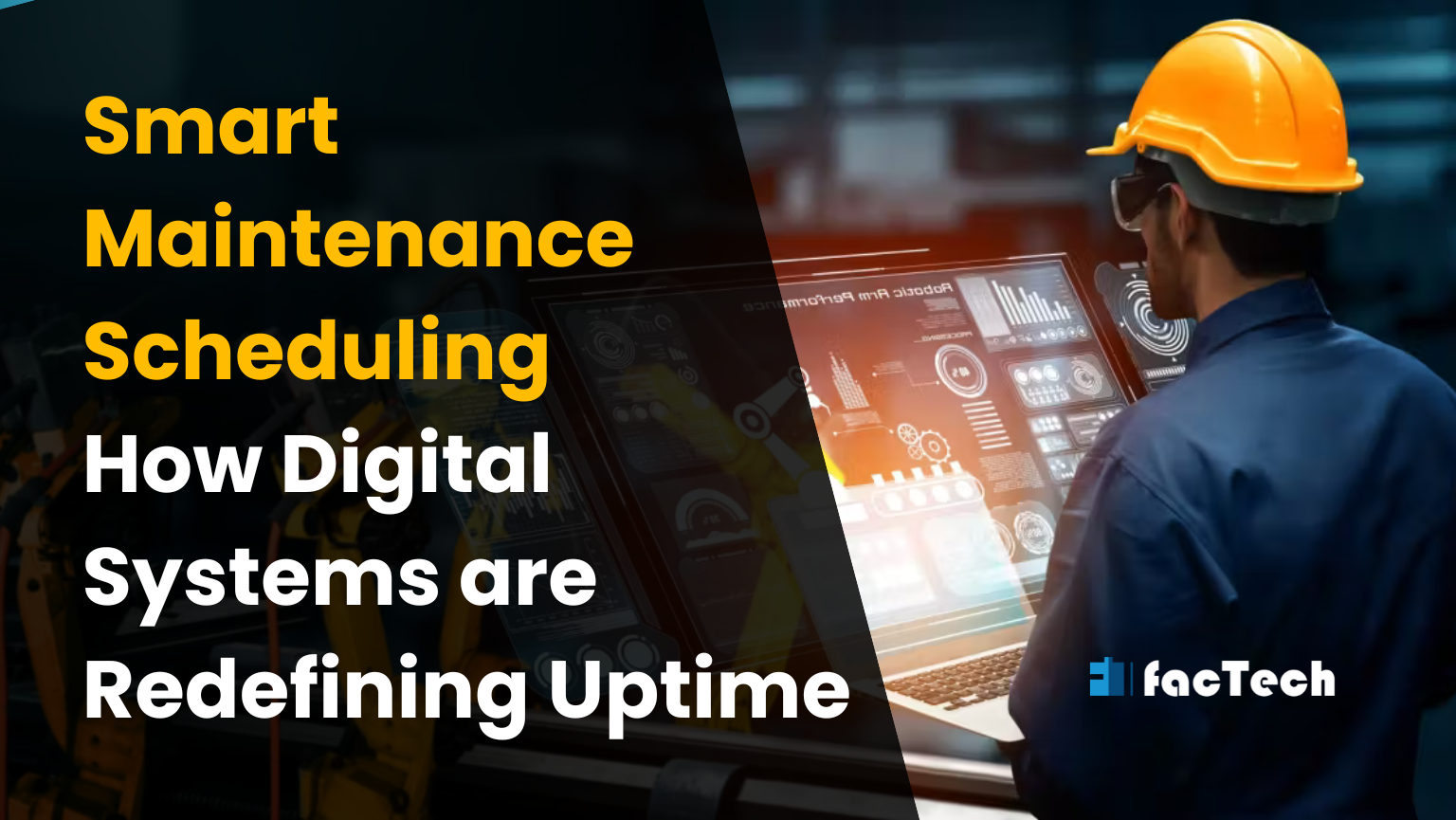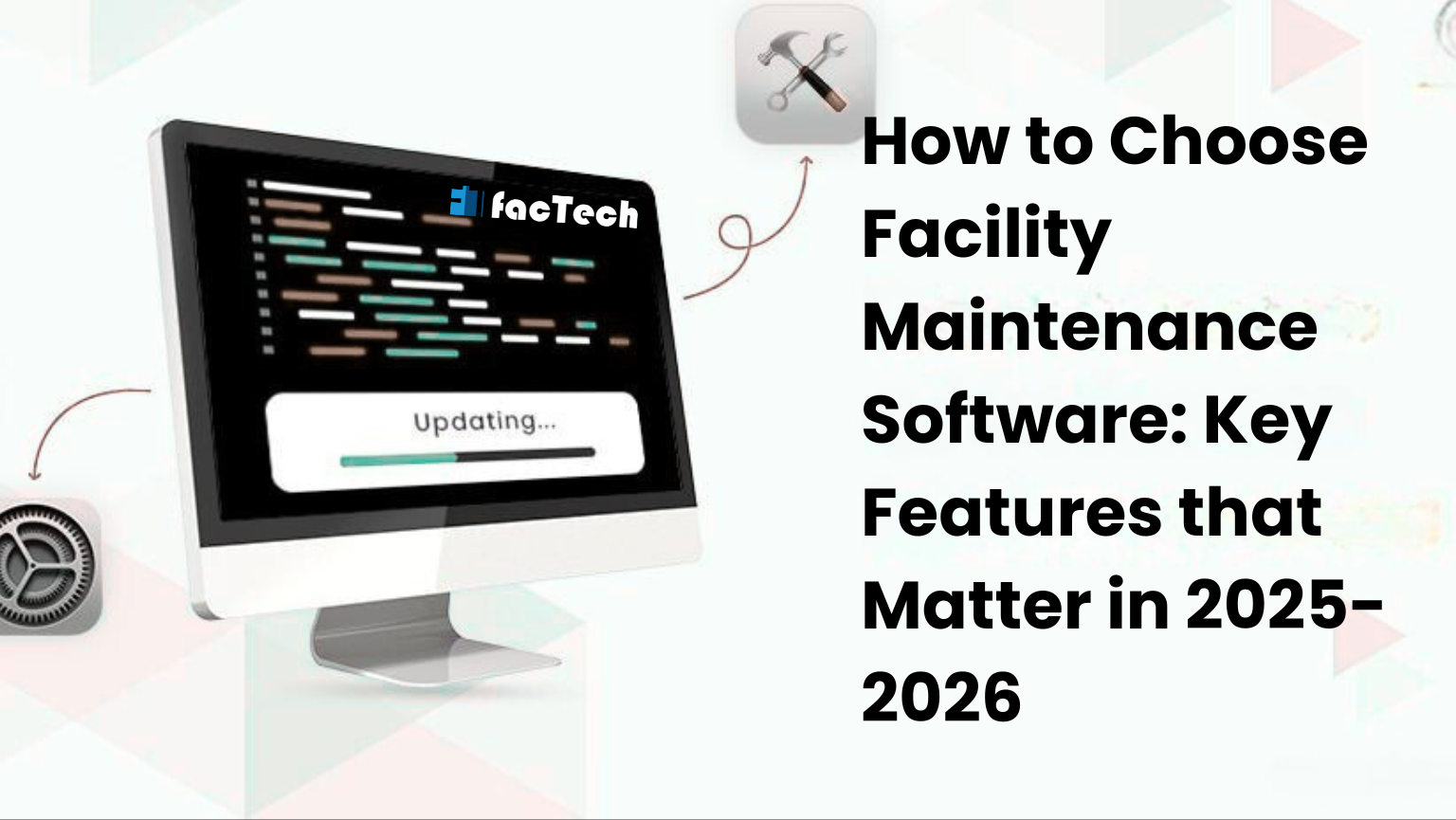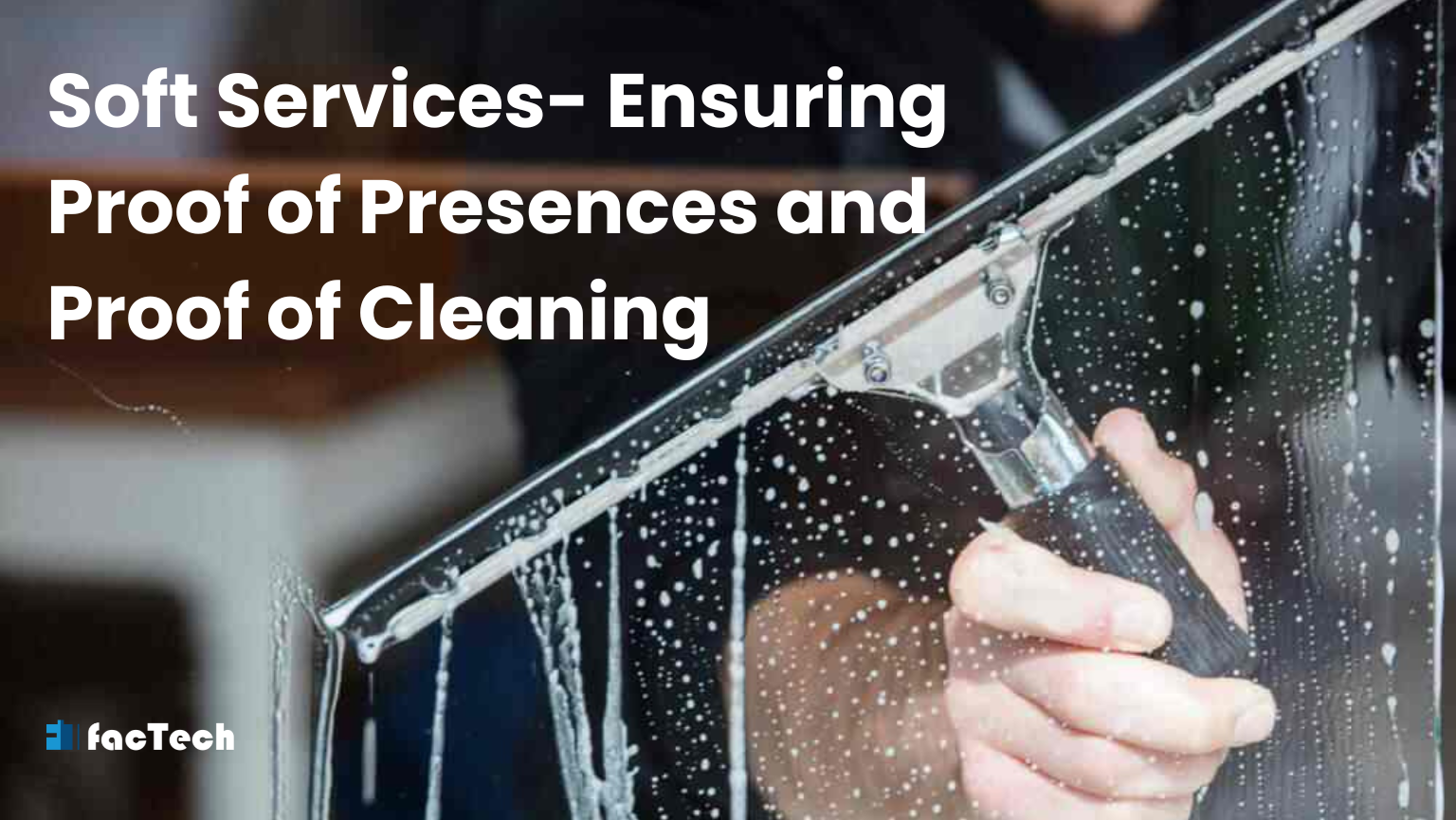Smart Maintenance Scheduling: How Digital Systems are Redefining Uptime
Scheduling maintenance is a way to schedule all of your work so that it goes more smoothly, costs less, and doesn’t cause any problems. It is a scheduled aspect of maintenance management that helps people organize and carry out tasks, including monitoring equipment, doing preventative maintenance, and making repairs. This rigorous approach makes sure that all key maintenance jobs are done on schedule, which keeps equipment from going down when you least expect it. But in this digital age, sticking to a regular timetable doesn’t work. Digital solution like smart facility maintenance system, is transforming the way businesses think about maintenance in a big way. This blog post goes into detail about how smart maintenance scheduling could change things in facility maintenance.

What Does “Smart Maintenance Scheduling” Mean?
Smart maintenance scheduling is the use of smart digital systems that integrate real-time data, advanced analytics, and automation to plan and carry out maintenance operations. It goes beyond calendars that don’t change to schedules that do vary based on how each asset is doing and what it’s doing at the time.
Key components of a smart facility maintenance system are:
IoT Sensors: Devices that are connected to machinery that constantly collect data, such as temperature, vibration, current, pressure, and run time.
Data Analytics with AI/ML: Algorithms that examine a lot of sensor data to detect trends, problems, and guess when something might break.
Centralized CMMS Software: A core platform that links data, manages work orders, keeps track of asset history, and automatically makes schedules.
Features for mobile: Tools that help technicians get, do, and change work orders right away from the field.
Also read: Why Facility Managers Must Prioritize LT Panel Maintenance

How a Smart Facility Maintenance System Changes Uptime
Prevent Equipment Breakdown
Regular maintenance helps find problems before they get worse and fix them before they break down. Regular inspections, maintenance, and repairs can help businesses deal with problems before they happen and avoid expensive failures that could stop work and lower production.
Also read: How Electrical Panel Failures Affect HVAC Preventive Maintenance
Reducing Repair Costs and Downtime
When machines break down unexpectedly, it can cost a lot of money and get in the way of business. Regular maintenance keeps wear and tear from becoming a serious problem, which lowers the chance that equipment may break down. Businesses that stick to a regular maintenance schedule can keep things operating smoothly while reducing downtime and the high expenses of emergency repairs.
Extending the Life of Assets
All equipment has a finite lifespan; however, not taking care of it properly could make it last less long. Companies may get the most out of their equipment investments by using maintenance software to keep track of how much wear and tear it gets, plan updates, and schedule frequent inspections.
Increasing Efficiency and Long-Term Viability
Equipment that is carefully taken care of utilizes less energy and costs less to run. This is good for the environment and makes the facility work better as a whole. Regular maintenance makes it less likely that objects will need to be replaced too soon, which cuts down on waste and energy use.
Scheduling Becomes Easier
Modern computerized maintenance management systems (CMMS) help plan maintenance more accurately and efficiently. A CMMS keeps track of how well equipment is working, automates maintenance operations, and analyzes data to guess when repairs may be needed. This makes planning easier, causes fewer problems, and makes everything work better.
Optimize Resource Management
Planned maintenance helps you get the most out of your resources. If you position maintenance staff in the correct places, you can be confident that they will finish their work on schedule and with as little lost time as possible. Scheduling also helps to avoid maintenance delays by making sure that tools and spare parts are always available when they are needed.
CMMS Provides Data-Driven Insights
Planning maintenance in modern buildings is easier using Computerized Maintenance Management Systems (CMMS). By automating processes, keeping an eye on performance, and using data to identify problems, a CMMS may help you plan and schedule better. Predictive maintenance helps managers save money, keep things running well, and make things endure longer.
Makes Equipment More Reliable
Maintenance programs make equipment more reliable by fixing broken parts, wear and tear, and areas that might fail. Businesses may make their assets more reliable and minimize the risk of unexpected breakdowns by undertaking routine maintenance. This keeps things going smoothly and makes it less likely that manufacturing will be delayed, which costs a lot of money.
Factech’s Smart Facility Maintenance System: Your Partner in Better Facility Maintenance
Factech believes that to have the best uptime, you need more than just a schedule. You need a sophisticated, all-encompassing plan. Their Smart Facility Maintenance System is meant to help maintenance workers and facility managers move beyond old-fashioned methods and adopt solutions that are both predictive and proactive.
Factech smart system can help you get
- Monitoring assets in real time
- Predictive analysis with AI
- Creating work orders automatically and on the fly
- Make the best use of your resources by scheduling them.
- Access via mobile
- Full management of the asset life cycle
- Tracking performance
- Integration without problems
The bottom line
Scheduling maintenance is a key component of managing a facility. It makes sure that systems and equipment get regular, proactive care so they don’t break down and perform at their best. Factech’s computerized maintenance management systems (CMMS) make maintenance planning easier by making it more efficient. A smart facility maintenance system employs data analysis to figure out when maintenance is needed, sets up schedules automatically, and keeps a watch on how well equipment is operating. This enables you to do maintenance ahead of time. This approach reduces downtime, improves performance, and extends the life of assets as much as possible. Scheduled maintenance usually makes sure that buildings are safe, work well, and don’t cost too much.
FAQs
Q: What is the main goal of scheduled maintenance?
The main goal is to make sure that work goes well, costs less, and that equipment doesn’t break down when you least expect it.
Q: How is a Smart Facility Maintenance System different from the previous ways of doing things?
Using AI and real-time data, it produces schedules that are dynamic and proactive instead of static and reactive.
Q: What is one of the best things about scheduling maintenance smartly?
One of the best things about it is that it helps you avoid unplanned downtime and emergency repair costs by finding out when things will break before they happen.
Q: How does Factech’s system make it easier to keep things running?
Factech’s solution uses real-time monitoring, AI analytics, and mobile access to automate and improve maintenance chores.










